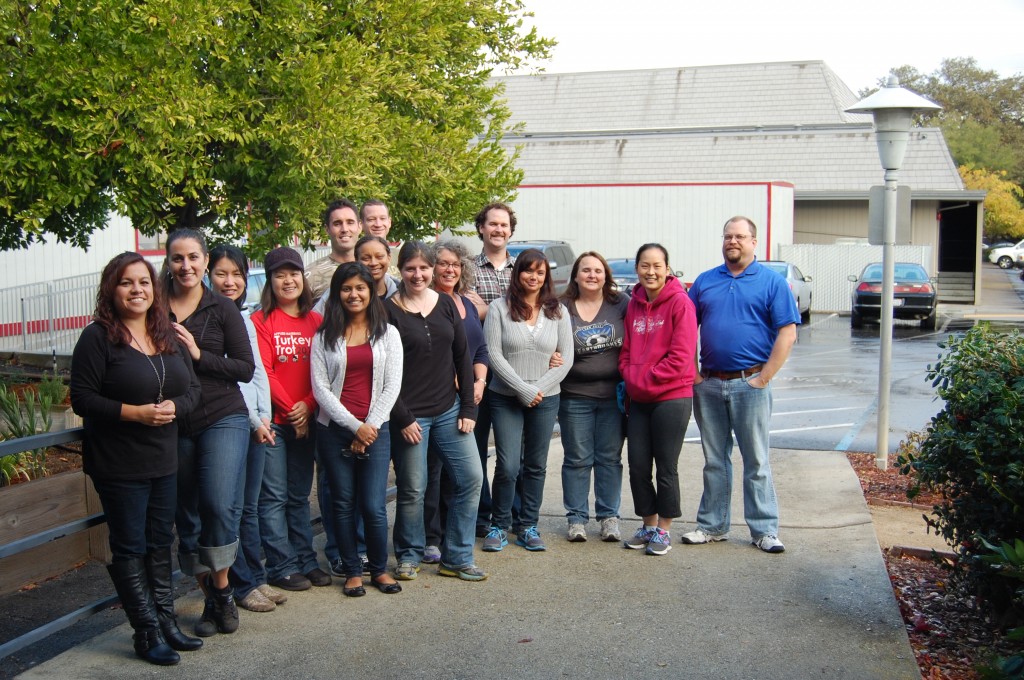Purchase New Business Equipment
Section 179 Expensing. Business should still take advantage of Section 179 expensing this year for a couple of reasons. First, is that in 2014 businesses can elect to expense (deduct immediately) the entire cost of most new equipment up to a maximum of $25,000 for the first $200,000 of property placed in service by December 31, 2014. Keep in mind that the Section 179 deduction cannot exceed net taxable business income. In addition, unless Congress reauthorizes it, the first-year bonus depreciation deduction expired at the end of 2013 and is not available for 2014.
While most businesses follow a calendar year, for those that don’t there is an exception to the $25,000 cap that allows those business to take advantage of the $500,000 Section 179 benefit. However, only businesses whose calendar year begins in 2013 and ends in 2014 can take advantage of this special provision.
Qualified property is defined as property that you placed in service during the tax year and used predominantly (more than 50 percent) in your trade or business. Property that is placed in service and then disposed of in that same tax year does not qualify, nor does property converted to personal use in the same tax year it is acquired.
Note: Many states have not matched these amounts and, therefore, state tax may not allow for the maximum federal deduction. In this case, two sets of depreciation records will be needed to track the federal and state tax impact.
Please contact our office if you have any questions regarding qualifying property or the Section 179 deduction.
Timing. If you plan to purchase business equipment this year, timing is an important consideration. You may be able to increase your tax benefit depending on when in the fiscal year you buy new equipment. Here’s a simplified explanation:
Conventions. The tax rules for depreciation include several “conventions” or rules for figuring out how many months of depreciation you can claim. There are three types of conventions.
- The half-year convention: This convention applies to all property except residential rental property, nonresidential real property, and railroad gradings and tunnel bores (see mid-month convention below) unless the mid-quarter convention applies. All property that you begin using during the year is treated as “placed in service” (or “disposed of”) at the midpoint of the year. This means that no matter when you begin using (or dispose of) the property, you treat it as if you began using it in the middle of the year.
Example: You buy a $40,000 piece of machinery on December 15. If the half-year convention applies, you get one-half year of depreciation on that machine.
- The mid-quarter convention: The mid-quarter convention must be used if the cost of equipment placed in service during the last three months of the tax year is more than 40 percent of the total cost of all property placed in service for the entire year. If the mid-quarter convention applies, the half-year rule does not apply, and you treat all equipment placed in service during the year as if it were placed in service at the midpoint of the quarter in which you began using it.
- The mid-month convention: This convention applies only to residential rental property, nonresidential real property, and railroad gradings and tunnel bores. It treats all property placed in service (or disposed of) during any month as placed in service (or disposed of) on the midpoint of that month.
If you’re planning on buying equipment for your business, call us first. We’ll help you figure out the best time to buy it to take full advantage of these tax rules.
 November 20th, 2014 dawned rainy and cold but that didn’t stop LMGW staff from their commitment to serving those in need in our community. For our second annual LMGW Community Volunteer Day, we chose a local nonprofit organization, The Saratoga Area Senior Coordinating Council (SASCC). (www.sascc.org)
November 20th, 2014 dawned rainy and cold but that didn’t stop LMGW staff from their commitment to serving those in need in our community. For our second annual LMGW Community Volunteer Day, we chose a local nonprofit organization, The Saratoga Area Senior Coordinating Council (SASCC). (www.sascc.org)